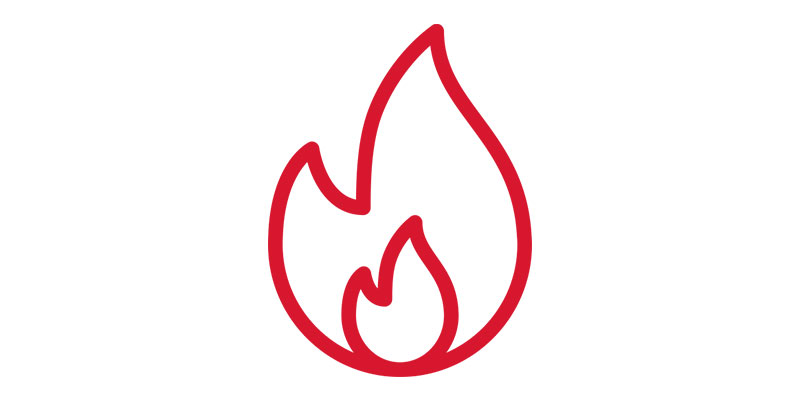For every company in Sydney it is essential to ensure that fire protection isn’t just an obligation of law, but also crucial to keeping employees clients, customers, and the property safe. Fires can cost a lot within minutes. However, with the adequate safety measures in place, many of these risks can be reduced or avoided. Regular fire inspections, periodic testing and marking of electrical systems and the compliance with CFSP regulations all work to provide a safer working environment and ensure that businesses remain in compliance to local ordinances as well as Building Code of Australia (BCA) standards.
Why fire inspections are essential for safety
Fire inspections are the very first line of defense against potential dangers. These inspections ensure that all the components of the building’s fire-protection system are functioning and in good condition. In Sydney the business must conduct inspections at least once every six months or annually in accordance with the building’s type and the local council’s regulations. A typical inspection covers everything from fire alarms and sprinkler systems, to smoke alarms, hydrants, extinguishers, and emergency lighting.

What makes inspections so crucial is their ability to detect unnoticed issues before they become dangerous. A tiny defect on a fire hydrant, or an obstruction in a smoke detector might appear minor at first but, in an emergency, such flaws can cost lives. Business owners who check regularly their fire hydrants are meeting their legal obligations and also making themselves safe from unexpected catastrophes.
Electrical risks that are not obvious can be eliminated by testing and labeling
Electrical systems can be one of the major causes of workplace fires. Testing and tagging is therefore an important part of an overall plan to ensure the safety of fire. This involves checking electrical appliances to ensure that they are secure, safe and compliant. Following that a tag that is visible attached to the equipment indicating that it has passed the test. This is not just an obligatory requirement for most firms. It’s also a way to protect against the hidden dangers.
Old, worn-out, or unchecked cables, appliances with problems or wiring that is not up to date can quickly lead to fire hazards. Businesses can lessen the risk of fires by testing regularly and tagging electrical equipment. This also creates confidence and trust among employees by reassuring them that their work environment is secure. The combination of testing, tagging, and fire inspections makes a comprehensive safety plan which reduces risk on a variety of fronts.
The Role of CFSP in the field of Compliance and Certification
Only an Competent Fire Safety Professional (CFSP) who is based in New South Wales, can certify and sign important documents for fire safety such as Annual Fire Safety Statements. The CFSP accreditation guarantees that only professionals with the appropriate qualifications can evaluate and confirm fire safety measures. For business owners, working with the CFSP implies that inspections and reports aren’t just routine documents but dependable evaluations conducted by professionals.
The role of a CFSP extends far beyond ticking boxes. They assess the performance and condition of fire safety systems and present detailed report. They also ensure the compliance of regulatory requirements. Without CFSP accreditation, businesses are at risk of penalties, legal issues, and even closure if security measures for fire are judged to be inadequate. By working with professionals who are accredited in fire safety, it is possible to ensure that your equipment is properly maintained. You will also be able comply with compliance obligations without any unnecessary anxiety.
Fire Safety is a Constant Involvement
Fire safety is not a one-time obligation but an ongoing obligation for every business owner. Regular inspections and testing of electrical systems and a valid certification under CFSP supervision create a cycle of safety that never stops. Beyond legal compliance and ongoing monitoring, this approach helps to create a culture of safety within the workplace. Employees feel safer knowing that evacuation plans, smoke alarms emergency lighting, and a fire suppression systems are in place.
The safety of fire is a constant process, not a checkbox that companies must check each year. It reduces risk and boosts the credibility of a company. When safety is the top priority, clients and customers feel more secure. In the long term, investing in proactive fire protection saves money by preventing costly damage, fines, or legal disputes, while protecting the lives of those that enters the building.
Conclusion
Safety in the event of fire in Sydney requires a multi-layered approach that includes fire inspections as well as testing and tagging, and certified by a CFSP. Each component plays an important part in ensuring that businesses are compliant with regulations and, more importantly, in ensuring that properties and individuals are secured. When safety becomes a consistent part of operations rather than an afterthought, businesses do not just meet their legal obligations but also provide a safer and durable environment for the next.
